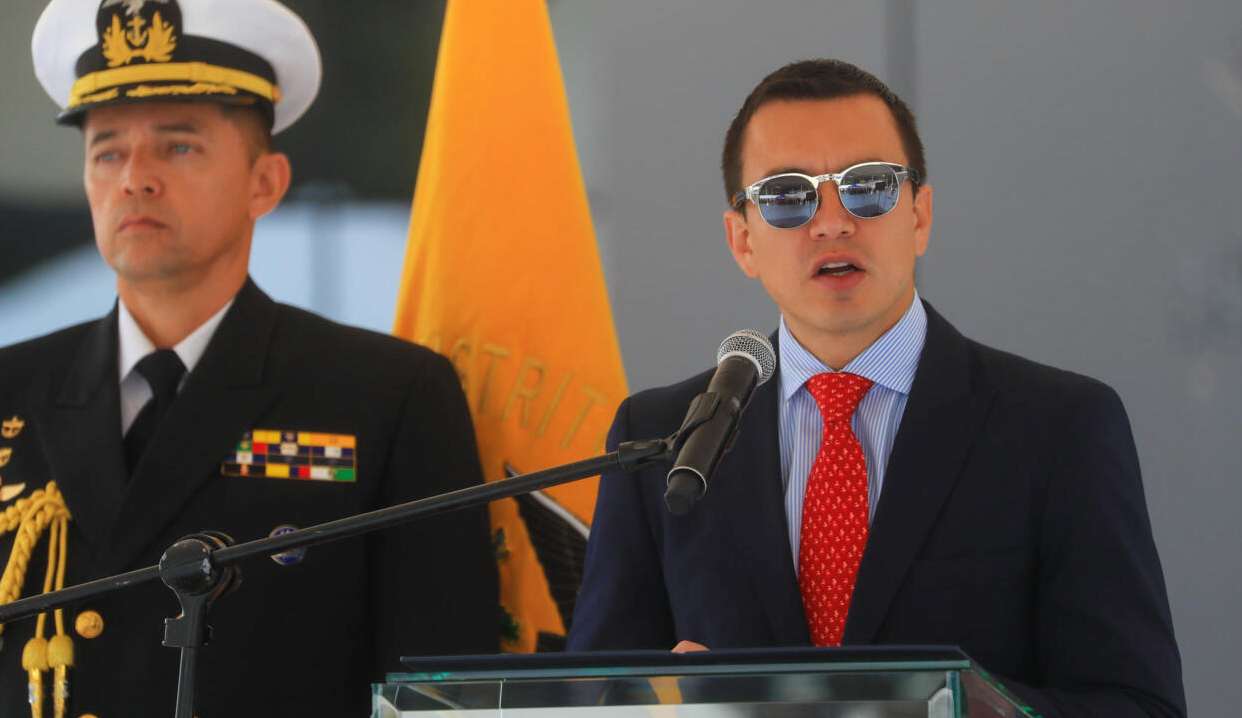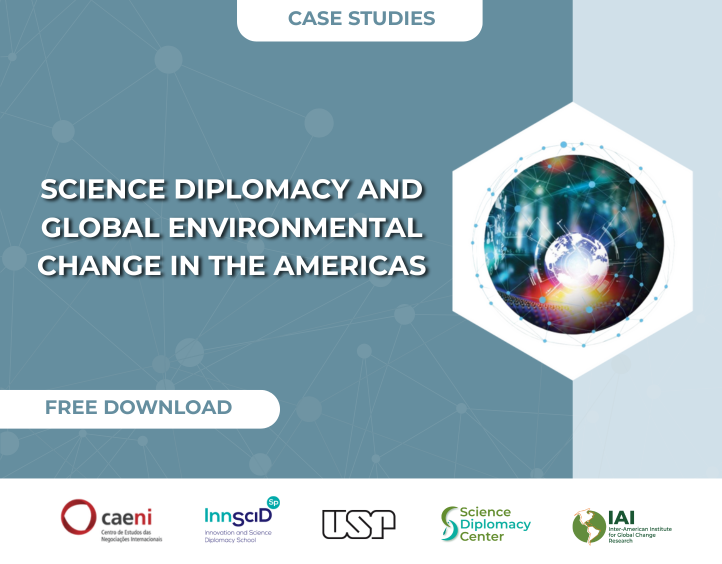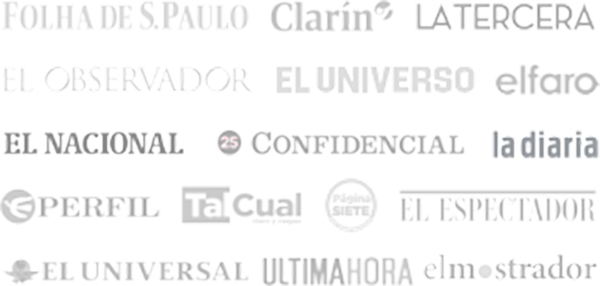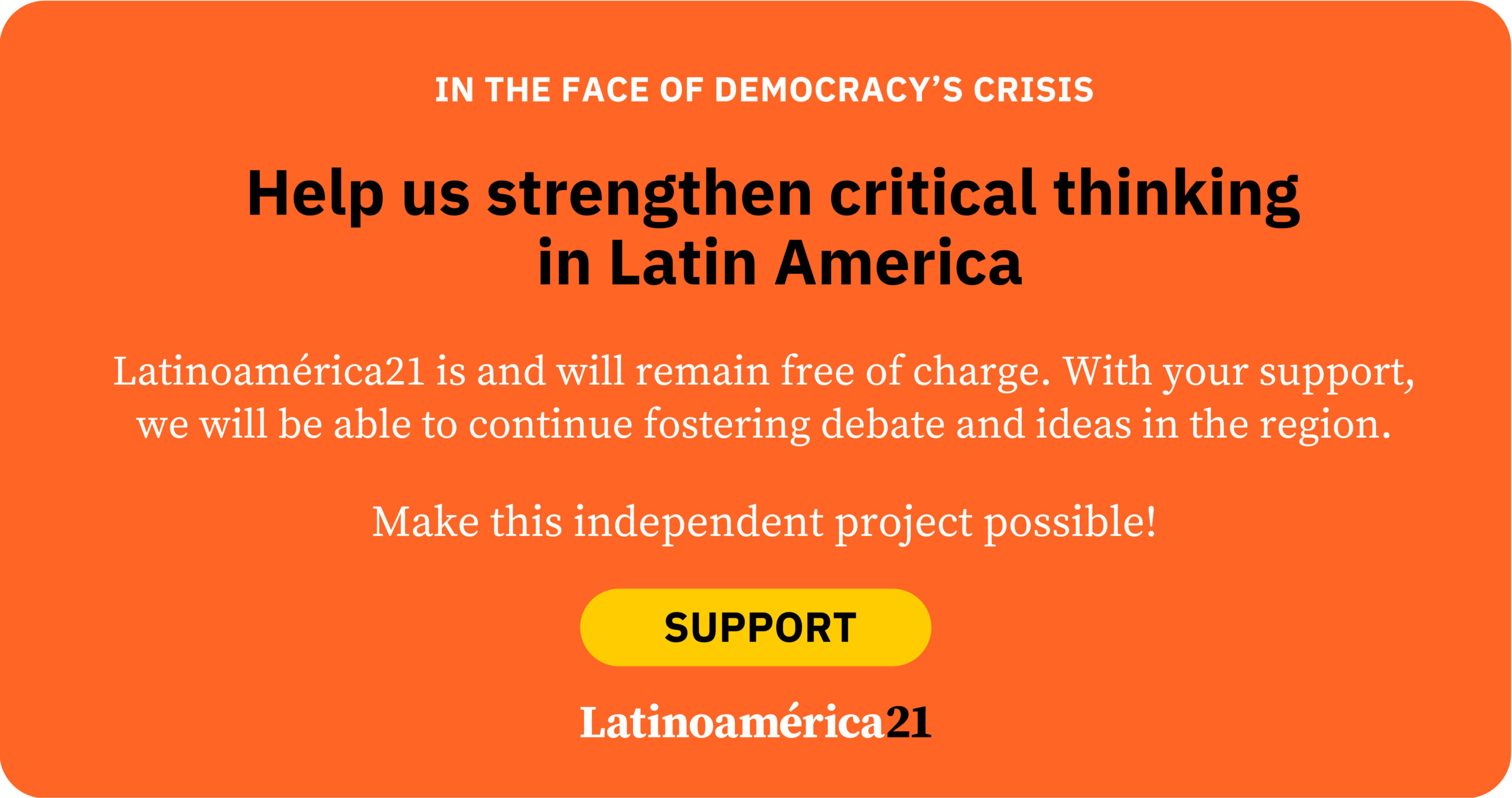In Ecuador, the popular referendum has become a classic resource of power. Daniel Noboa, who has called one for November 16, 2025, follows a well-known script: appealing to the electorate to bypass institutional blockades. Almost all of his predecessors have done the same. The question is not whether it is original, but whether it serves any purpose beyond buying time.
All power to the president?
Since the return to democracy in 1978—when the electorate voted on constitutional options—eight of the sixteen presidents of the period have called twenty-two referendums, with a total of eighty-one questions, according to the Center for Research on Direct Democracy (c2d) database.
Notably, despite the fact that the 2008 Constitution of the “Citizens’ Revolution” included mechanisms that could be activated by citizens, there has been only one such initiative. This came after a long and winding decade of institutional blockades: the referendum initiated in 2013 on Yasuní National Park, one of the most biodiverse areas on the planet, was blocked by Rafael Correa’s government and reactivated in 2023. More than 58% of the population voted to keep nearly one billion barrels of oil underground. Nevertheless, implementation of the results remains in jeopardy.
When it comes to popular referendums, presidents are the main protagonists. Their objectives have been primarily fourfold: gaining strength in times of personal weakness and/or confrontations with Congress (León Febres Cordero in 1986; Sixto Durán-Ballén in 1994 and 1995; Lenín Moreno in 2018; Guillermo Lasso in 2023; Daniel Noboa in 2024); legitimizing themselves after crises or institutional breakdowns (Fabián Alarcón in 1997); mobilizing their bases by using the referendum as a campaign tool (Correa in 2017, when he timed it with elections and proposed an ethical pact used against Lasso); or pushing for changes to the rules of the game, especially through constituent assemblies (Alfredo Palacio in 2006; Rafael Correa in 2007 and 2011; Noboa in 2025).
That they try does not mean they always succeed. But given that the last five presidents have done so, one might think it is an effective mechanism. Let’s see.
Of the total issues submitted to popular vote (81), 72% of the questions were approved (functional to the president). However, things are not so simple. Voters often prioritize incongruent preferences: if they disapprove of the president, they reject “his referendum” to avoid strengthening him, even if they agree with the content. For example, Sixto Durán-Ballén promoted two referendums with fifteen questions, all of which were rejected, including some that might have seemed highly popular at first glance. In Ecuador, a country accustomed to plebiscitary tools, voters are often urged to cast a “block vote” (all yes, or all no).
Presidents tend to triumph when they craft a rupture narrative and the opposition is fragmented (Correa in 2011), and usually lose when facing institutional fatigue (Lasso in 2023). There have also been intermediate situations, such as Noboa’s first term, when he won Yes on nine out of eleven questions submitted to a vote, in the midst of a political crisis and tensions over extractive expansion.
New leader, old strategy
Like his predecessors, Noboa now activates a referendum to re-legitimize himself with a foundational narrative, but also to push for significant reforms. He seeks to trigger block voting and build a discourse of “modernization” against “political gridlock.” Indeed, he faces not only Congress but has also clashed with the Constitutional Court.
Noboa tried to call a Constituent Assembly by decree, but the Court declared the move unconstitutional. He then sent a package of seven questions, which were gradually expanded. The Court rejected some (such as the one proposing to allow hourly labor contracts in the tourism sector) and requested amendments. Ultimately, four questions remained, three of which qualify as referendums—used to approve legal or constitutional reforms—and one as a popular consultation—which can be called on any issue of public interest and, once approved by the Constitutional Court, go directly to the National Electoral Council (CNE).
The referendums are about military bases, public financing for political parties, and reducing the number of assembly members. The popular consultation refers to the call for a Constituent Assembly, whose results must then be ratified in a referendum.
In terms of support and opposition, it is likely that the proposal will gain backing from business elites and middle urban sectors attracted by the discourse of efficiency. Noboa seeks to distance himself from Correa’s legacy and the previous cycle of instability (Lasso), presenting himself as the young reformist who can finish what others could not. Opposing him are correísmo, the Indigenous movement—whose main organization, CONAIE, maintains significant mobilization capacity—and environmentalists.
Environmental issues have been central to recent Ecuadorian politics. The president is promoting the largest oil auction in decades, and his constitutional proposal aims to make legislation more attractive to foreign investors at the expense of weakening environmental, social, cultural, and labor protections.
All roads lead to uncertainty
Three possible scenarios loom over the referendum. An ambiguous result could reproduce the wear and loss of authority suffered by Lasso. A victory for “No” would boost the reorganization of the correísta opposition and the Indigenous movement, which in 2023 came close to reaching the runoff. A resounding “Yes” could give Noboa his foundational mandate to promote a Constituent Assembly. However, it would only be another move on the board: the next step would be electing the assembly members tasked with drafting the new Constitution, which would later need to be ratified in a referendum.
The Chilean experience showed that popular moods are increasingly volatile. In Ecuador, the starting point is not promising either: the “eternal referendum” replaces institutional construction with the illusion of a plebiscitary solution.
*Machine translation, proofread by Ricardo Aceves.














